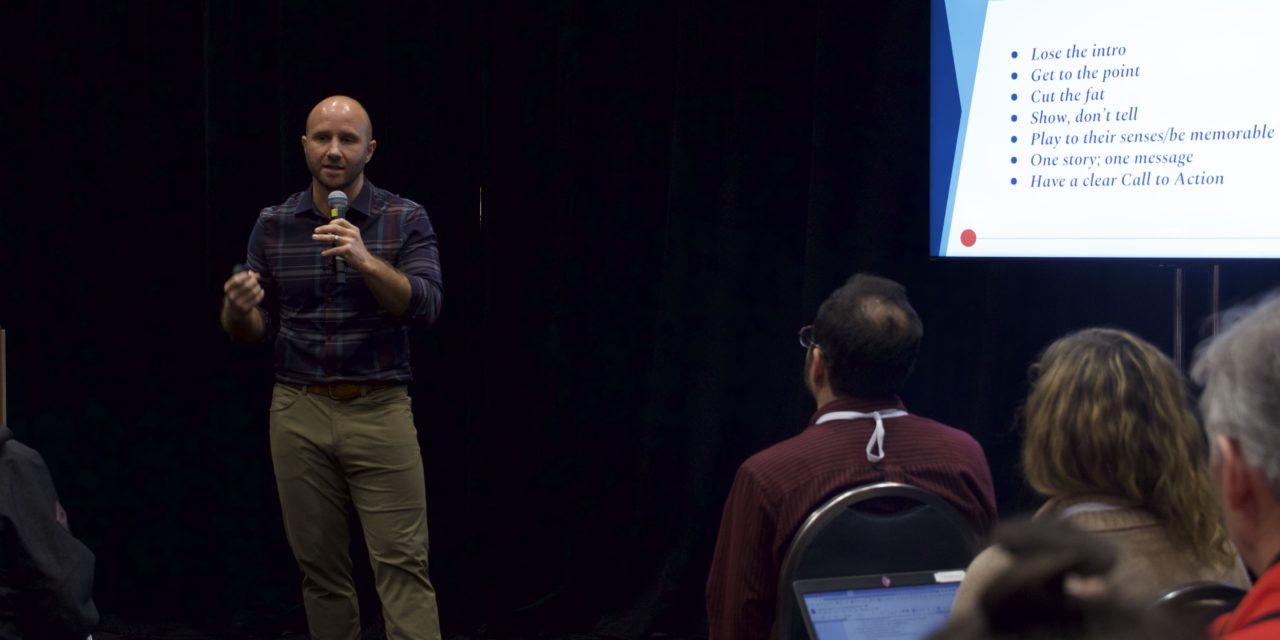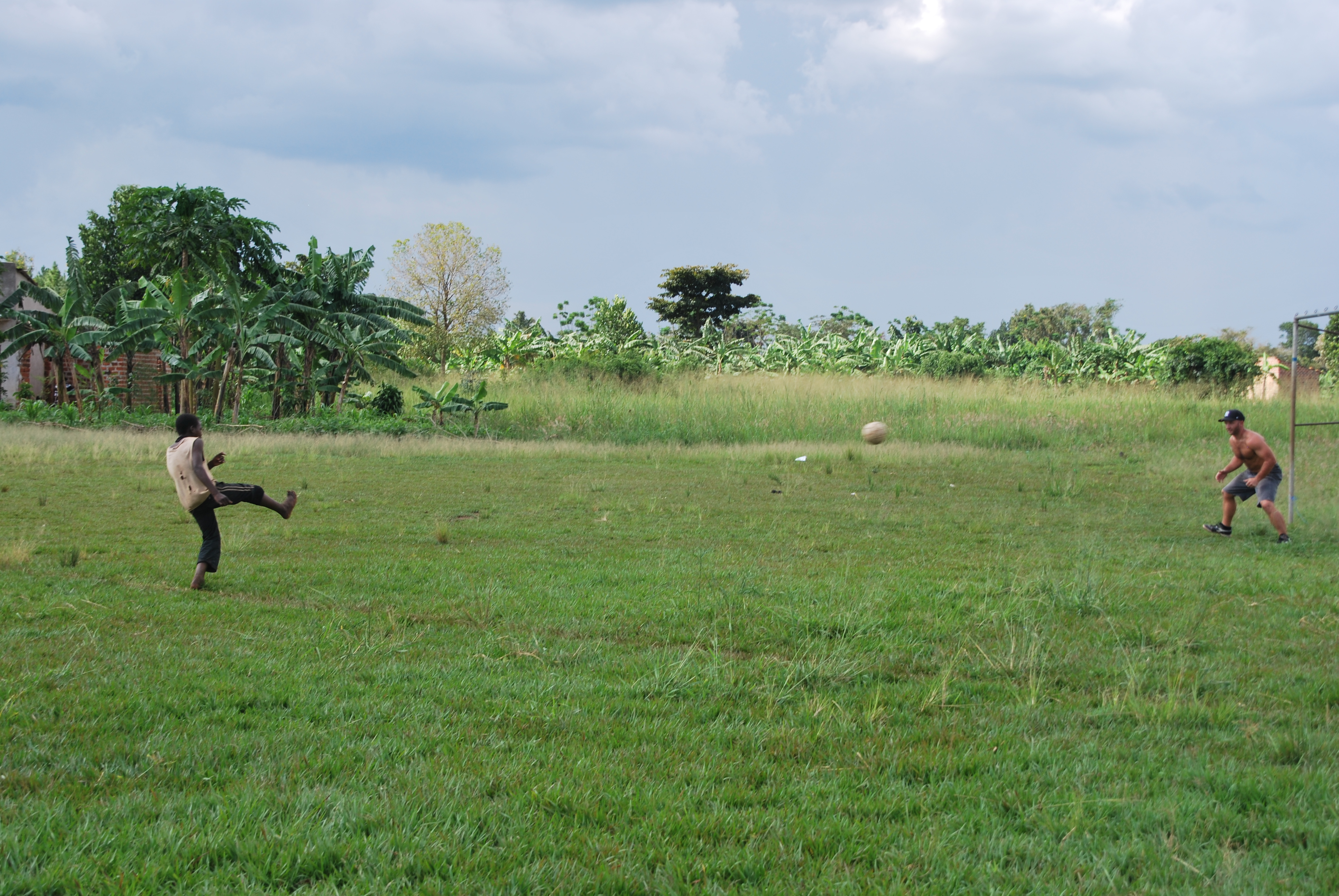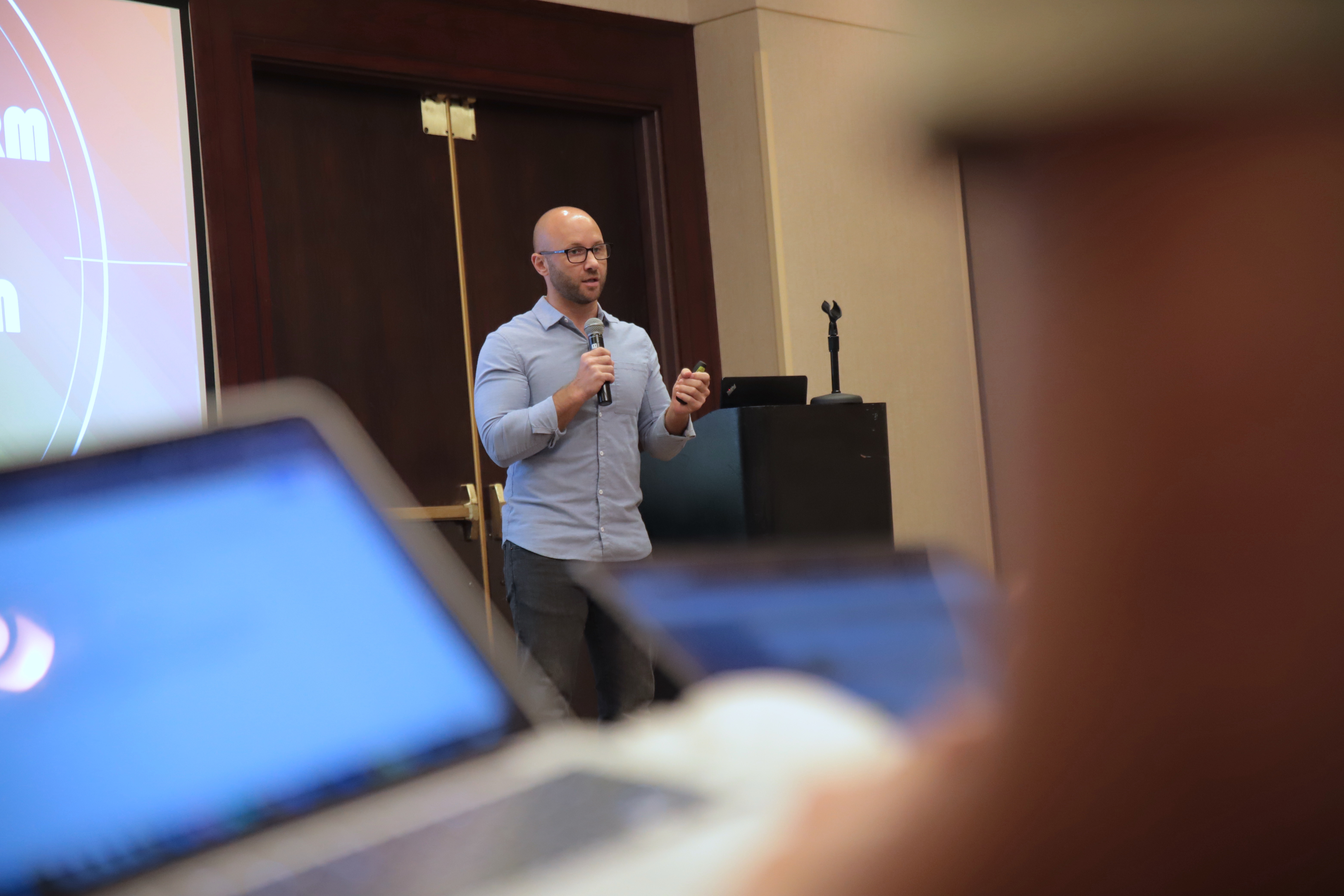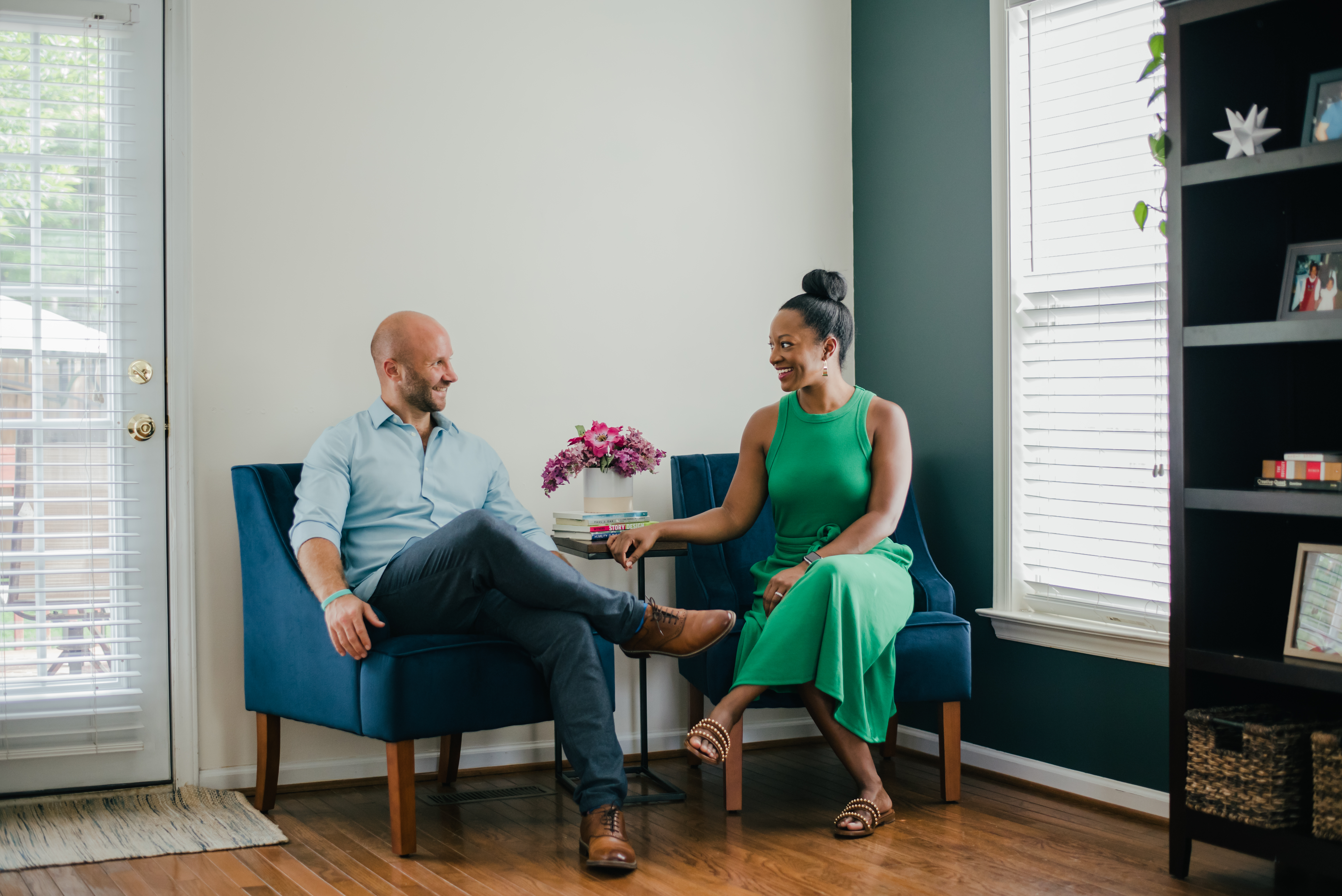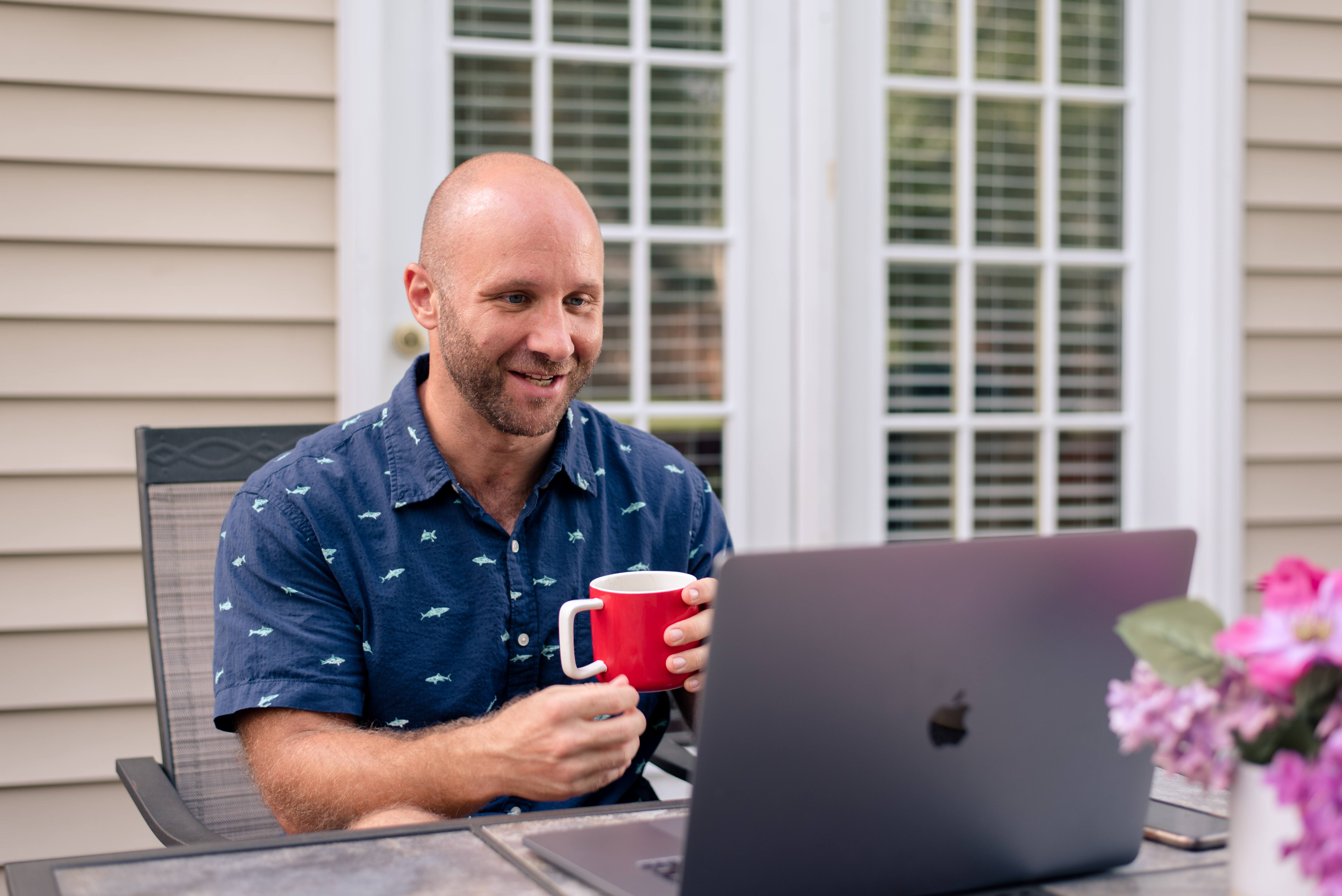It’s almost 2020. That’s insane to me — to believe that it’s even a real year.
So much has changed in this world since I graduated high school in 2000. That was a time where the internet was still just becoming such a pillar of our culture and cell phones were nowhere near as ubiquitous as they are today.
But one of the things that has changed our society (and how we exist in it) the most has been the advent and spread of social media.
It’s almost cliché to rag on how much social media has destroyed our culture and created a Petri dish to breed insecurity. It can be a catalyst for comparison, isolation and shame.
But in its best form, and its intended purpose, I believe social media can be a tool for connection, engagement, conversation and community building.
I believe it can be a place to exchange empathy and understand what others are experiencing.
So when I got the opportunity to speak at The Video Show in Washington, DC. this month (specifically in the “social video” track), I spoke about how we can create empathy in our social media videos.
I know that social media can be a tool for good. We just need to know how to use it properly, if we want to build a connection with the people we’re communicating with. And as a speaker and workshop leader on the art and science of storytelling, I know that sharing stories are the best way to do that.
A few months ago, I was listening to a digital marketing expert give a video lecture on selling through storytelling for Entrepreneur Magazine (you know, to check out my competition), and of course the topic of empathy arose.
“Unfortunately, ‘empathy’ has become quite a buzzword lately,” he said, most likely referring to authors and entrepreneurs like Brene Brown and Gary Vaynerchuck, who preach the power of empathy, becoming pop stars.
But I asked myself, “What’s unfortunate about that?” I love that empathy is trending.
I think it’s amazing that there is a rise in people truly trying to understand one another and connect with them through shared experiences.
It gives me hope for our society and culture.
Plus it gives me more opportunity to do what I do: teach people how to create it and use it.
Evoking empathy through storytelling is not hard, if you know how to tell a good story. That’s literally what narratives do — it’s been scientifically proven.
Evoking empathy and telling a story in a super short amount of time (like a 15 second Instagram story) is completely challenging.
So when I spoke to the audience at The Video Show, I told them the best ways they could create it in their short social media videos.
How to create empathy:
- Identify your audience. To whom are you speaking?
- Seek to understand their situation. What are they struggling with?
- Find a way to relate your experience to theirs. “I understand. I’ve felt that way before, too.”
- Tell them a story of how you overcame that struggle (or how someone else did).
- Be sincere, be authentic, be vulnerable. Seek to serve, not to sell.
How to do it quickly:
- Lose the intro and get to the point. Don’t ramble or preamble. Jump into the story, they audience will fill in the gaps.
- Show, don’t tell. If you can show something visually (like emotions), DO THAT.
- Play to their senses. Making them laugh, making them smell, or making them hear will make them remember.
- Have one story to tell with one message.
- Have a clear Call to Action. Where do you direct all that energy and emotion the empathy created?
There is a movement spreading.
People are getting sick and tired of being isolated and yearning for real connection.
Nothing will replace connecting in person — I’m a firm believer in that.
But in the meantime, when we are connected by our screens, I think we desperately need to take advantage of the opportunity technology gives us to effect positive change in the world — and we can do that by sharing our stories of struggle and success.
 Rain Bennett is a two-time Emmy-nominated filmmaker, writer, and competitive storyteller with over a decade of experience producing documentary films that focus on health and wellness. His mission is simple: to make the world happier and healthier by sharing stories of change.
Rain Bennett is a two-time Emmy-nominated filmmaker, writer, and competitive storyteller with over a decade of experience producing documentary films that focus on health and wellness. His mission is simple: to make the world happier and healthier by sharing stories of change.
You can read the rest of “Right as Rain” here, and check back every Wednesday on Chapelboro for a new column!

